Murals are so prevalent in Philadelphia that you can almost take them for granted. Started over 35 years ago, Mural Arts Philadelphia (previously the Mural Arts Program) is the largest public arts program in the country, with more than 2,500 murals completed. Jane Golden, the founding executive director, has been the one constant as the organization has evolved.
Before Golden founded Mural Arts, she was an artist by night, an aspiring lawyer by day. As a double-major in political science and fine art, Golden was on track to go to law school. “I really thought I would leave the city and go to law school. I applied to law school, got in, and then my brother, who’s a lawyer, encouraged me to go see Ed Rendell and really emphasize that I thought the city should have a community-based art program, that he should really keep the art component alive.”
Rendell heard her pitch and agreed. “So I deferred law school for two years before I decided I wouldn’t go.”
The roots of Mural Arts Philadelphia lie in the Philadelphia Anti-Graffiti Network (PAGN), founded in 1984 by former mayor Wilson Goode. PAGN was tasked with stopping the spread of graffiti throughout Philadelphia. Mayor Goode hired Tim Spencer as the executive director; he later hired Golden.
Golden credits the work of Spencer and the support of Goode for making PAGN so vital.
“It was grassroots in nature, but it had a decent sized budget [and] most of the money was invested in young people, so it was quite a robust jobs program. We had the support to work with community groups around the city and do artwork, and, eventually, create murals. So when I think about Mural Arts, I think we wouldn’t be here without [PAGN].”
It was really exciting because suddenly we were a pro-art program; we weren’t anti anything anymore.”
— Jane Golden, founding executive director of Mural Arts Philadelphia
With Golden working within the anti-graffiti initiative, the program became a staple in the Philadelphia community, and, by 1997, Mural Arts split from PAGN. Mural Arts was moved under the larger umbrella of the Recreation Department by then-Mayor Rendell. “It was really exciting because suddenly we were a pro-art program; we weren’t anti anything anymore. And we were like, ‘Okay, what’s the vision?’ The vision was: we want to make sure as many young people as possible have access to art. And we want to make sure that there are murals and public art pieces around Philadelphia. So we were energized by this notion that we could be a program that wasn’t punitive in any way, that was optimistic and energetic,” Golden says.
Golden has led programming that both educates and rehabilitates. For example, the Mural Arts initiative The Guild is a paid apprenticeship that provides formerly incarcerated individuals an opportunity to develop skills to thrive in the workforce. Workers participate in mural making, carpentry and other creative endeavors in order to reconnect to their communities.
“The Guild, for the last six months … has been transforming recreation centers in areas with the highest rate of violence. To see how young people through this program are transformed individually, and then how they take that knowledge and energy and transform the community is incredibly inspiring. Like we get to see people grow and change and evolve. And that to me is wonderful,” says Golden.
While the work of Golden and her staff has largely been celebrated, a recent editorial in The Philadelphia Inquirer by University of Pennsylvania doctoral student Razan Idris called into question the legacy of Mural Arts, citing its ties to PAGN, which criminalized graffiti artists, and flagging the hiring of international rather than local artists as problematic.
While Golden admits she has little patience for tagging or graffiti artists defacing already existing murals, she says she has long appreciated the artistry behind it.
“I have always liked graffiti art. I was quite taken by the work of our young participants back in the day. When they showed me their sketchbooks I was stunned at the level of talent. I worked with Dietrich Adonis. He had been a teacher and was a terrific designer and illustrator; I was an artist and muralist. Dietrich and I built a home at [PAGN] that was welcoming in all ways, a division within a cleanup and jobs program that nurtured, developed and supported their talent. If you talk to anyone from back in the day at PAGN, they would tell you we were called ‘sympathizers’ because we saw the talent, wanted to support it and genuinely liked graffiti art. It reminded me of abstract expressionism, and I think that is why so many of the writers loved the work of the abstract expressionists.”
Nearing the end of 2022, and another year under Mural Arts’ belt, Golden reflects on the robust programming and future of murals in Philadelphia. “I think … murals … connect us to the larger world. But I feel nervous. I feel this keen responsibility that our collection is maintained, and that the program should continue to grow and thrive,” Golden says. “We want to make sure what we’re doing always has rigor, and that we’re being responsible to the artist community and to the communities all over the city. So it’s a question of doing the work with great intentionality. And asking ourselves hard questions, and always being able to be reflective and course correct.”



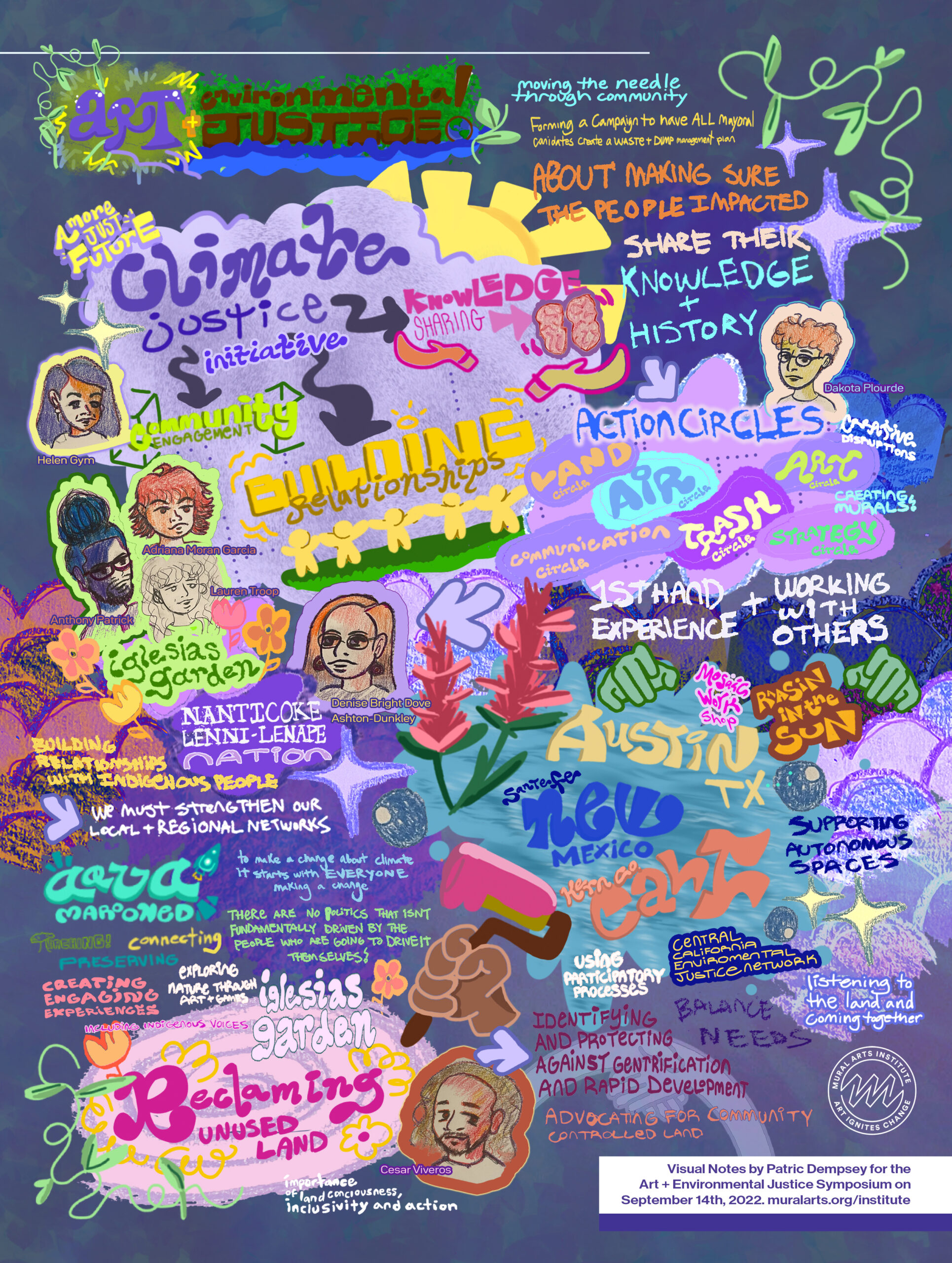
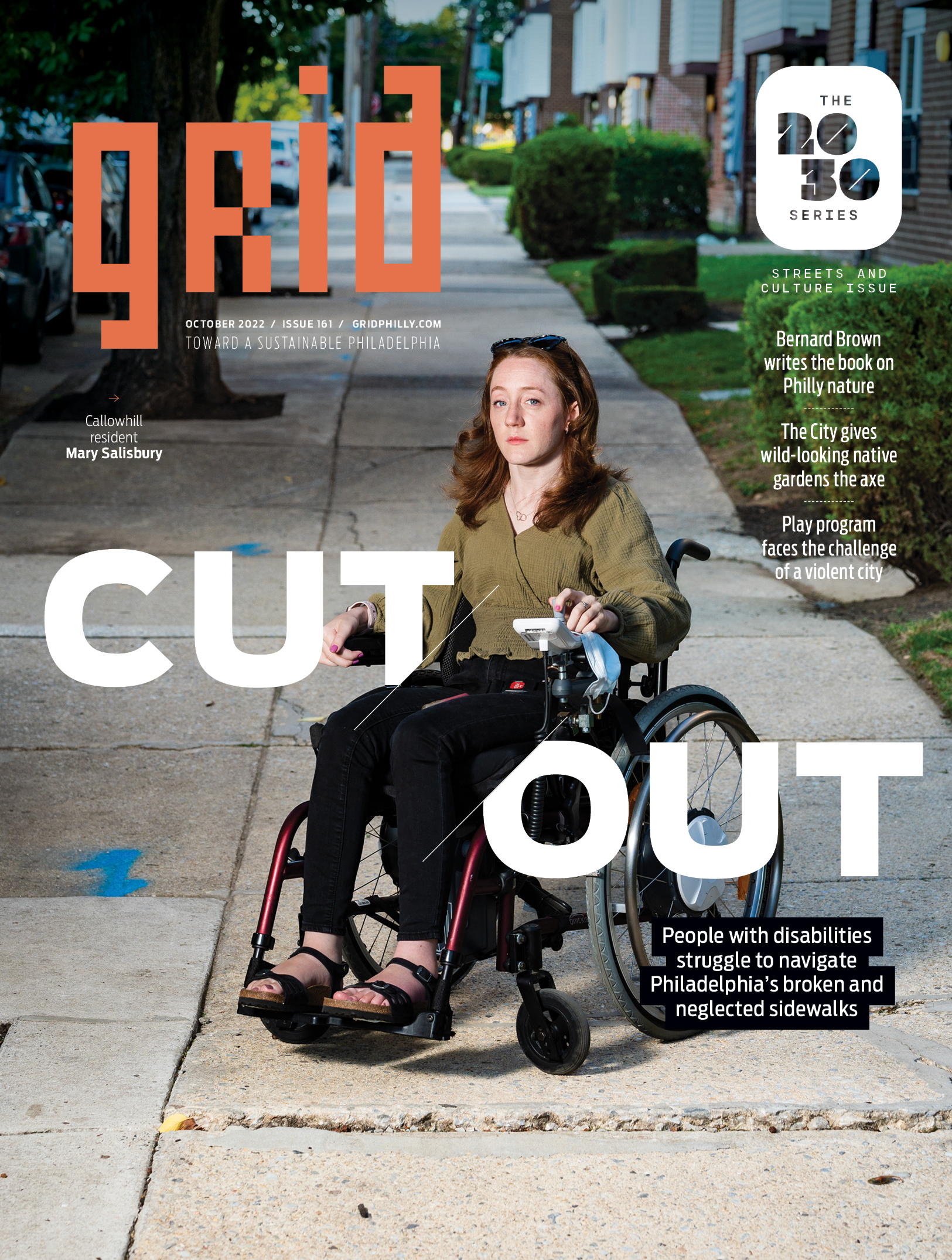
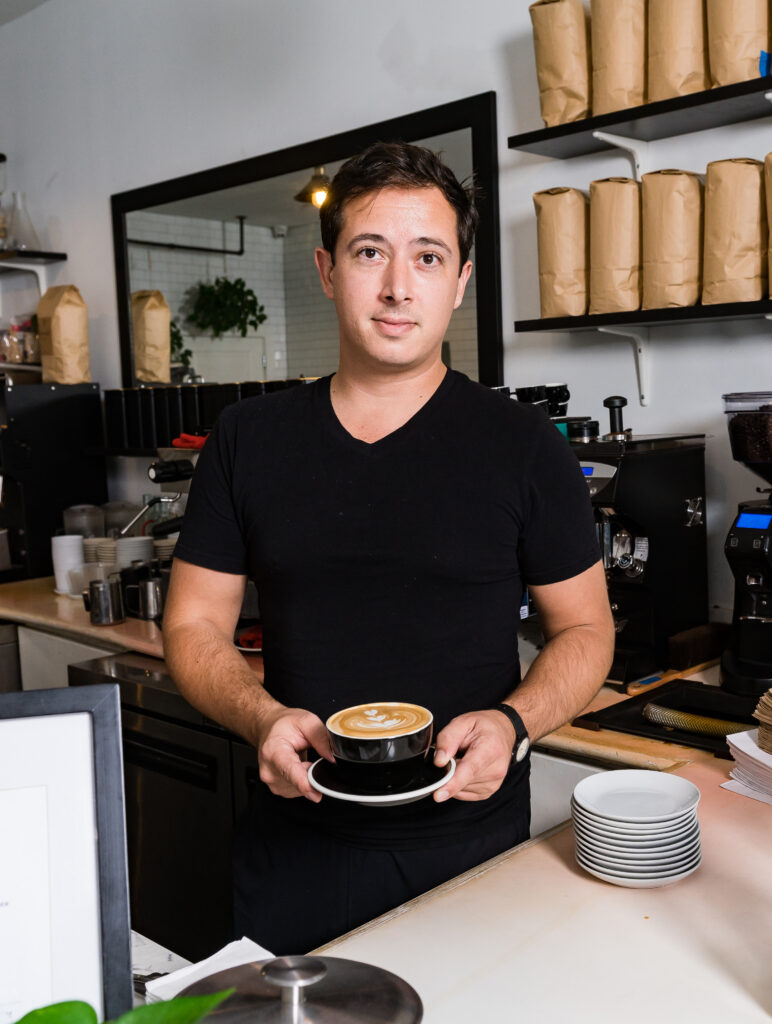
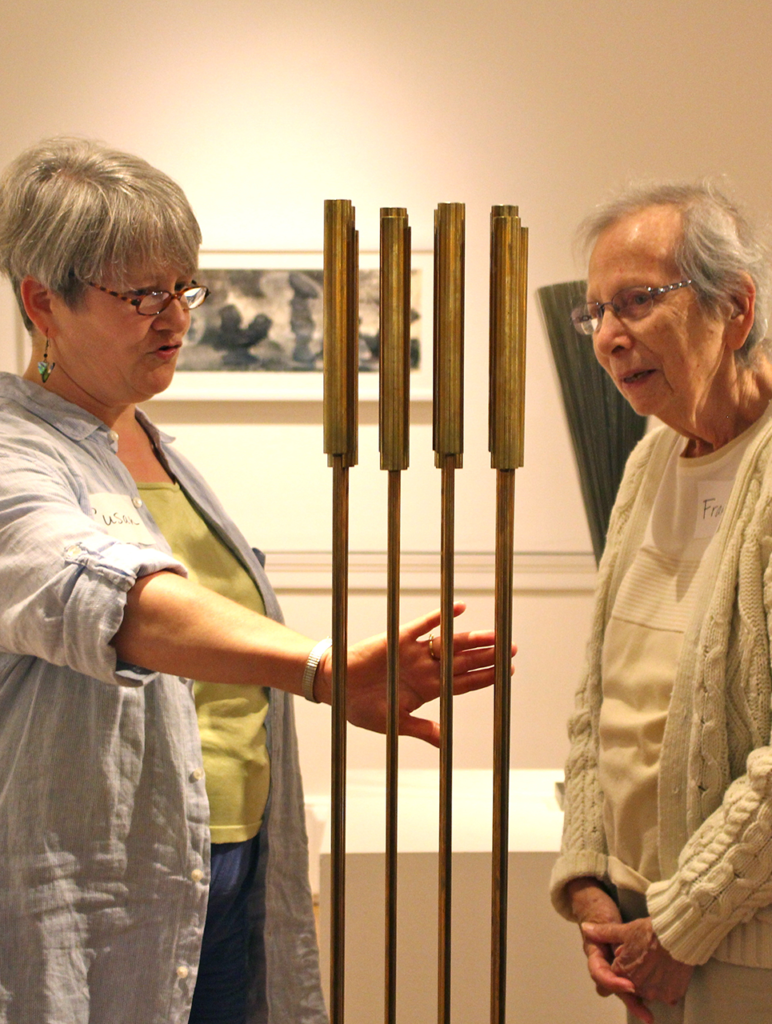
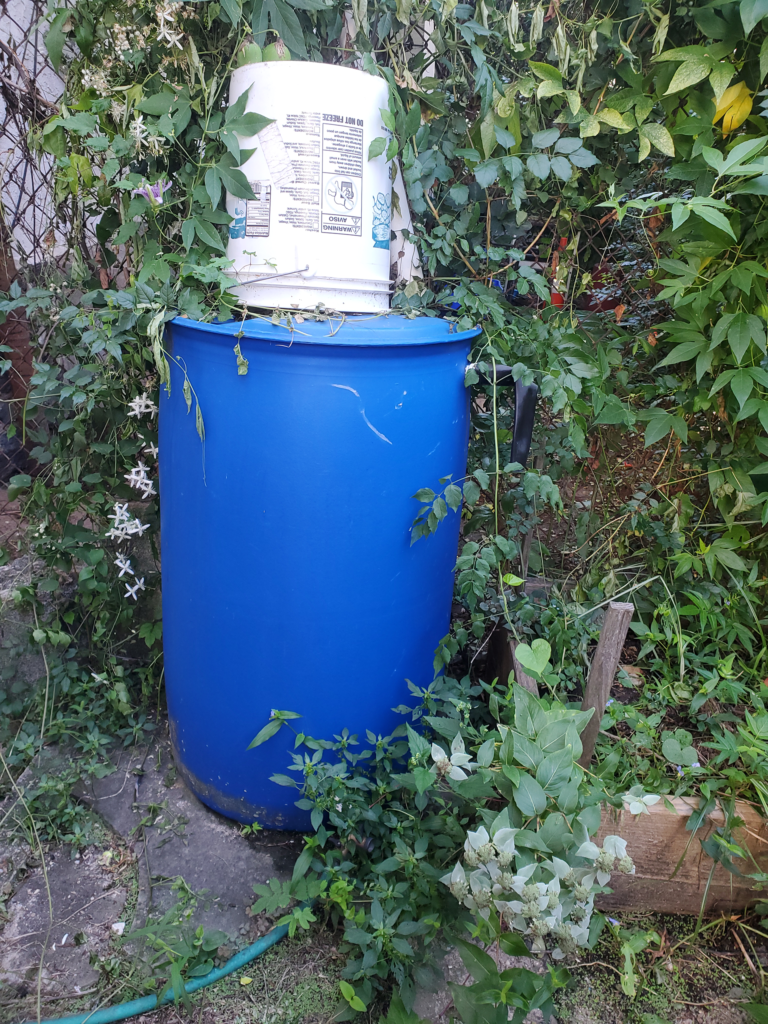
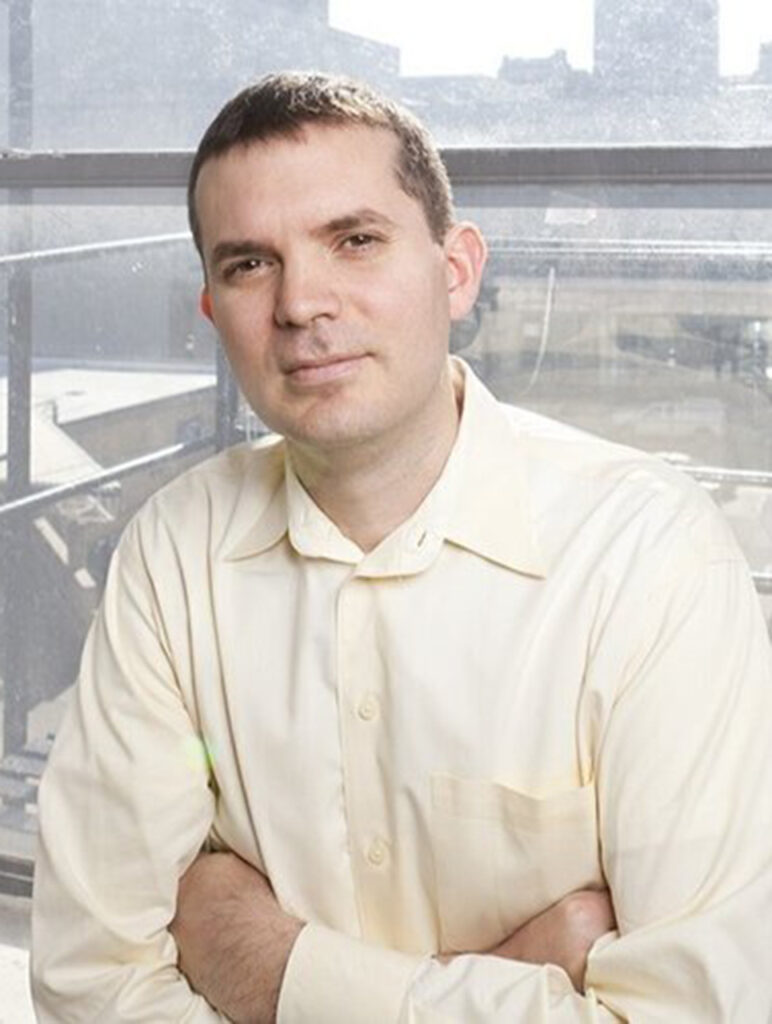
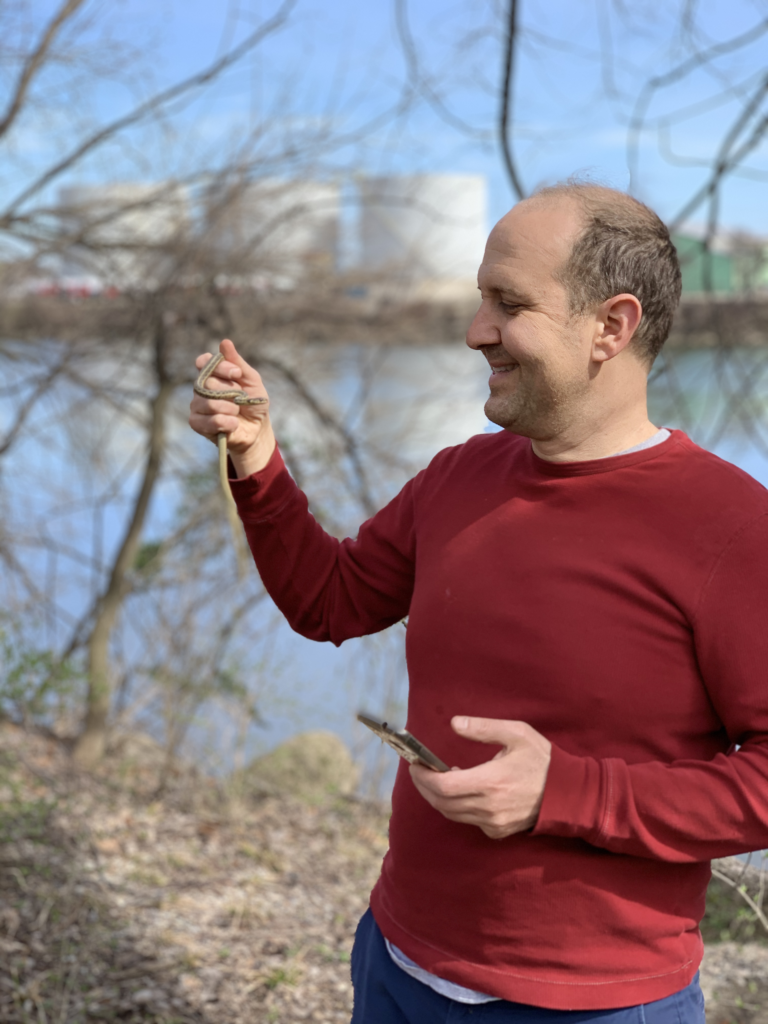
This story reminds me of the current circumstances surrounding the tagging in my neighborhoods wall ball court. Somebody keeps tagging the wall and someone else keeps painting over it. Granted, it is just a plain blue wall, but the latest tag reads “You can paint over my tag, but you can’t paint over my voice.”